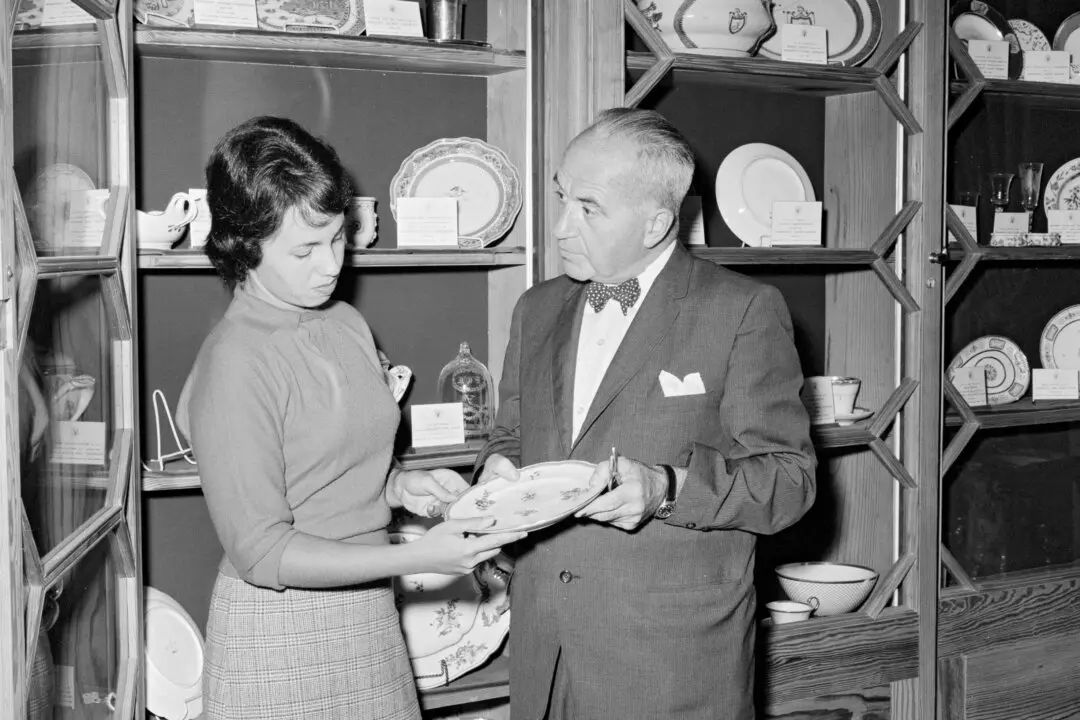The Judaic holiday Hanukkah, also known as the Festival of Lights, will be celebrated this season from Dec. 25th to Jan. 2nd. Jews around the world will gather during each of the holiday’s eight nights to light a menorah’s candles or its oil-filled receptacles.
A Hanukkah menorah, also known as a hanukkiah, is a lamp with eight branches surrounding a ninth branch known as the “shamash” (“servant” or “helper” in Hebrew). Since antiquity, craftsmen have explored different media, motifs, shapes, and sizes when creating menorahs; styles have varied between eras and region. Historic examples held today in institutional collections are a testament to artistic beauty and durability.





